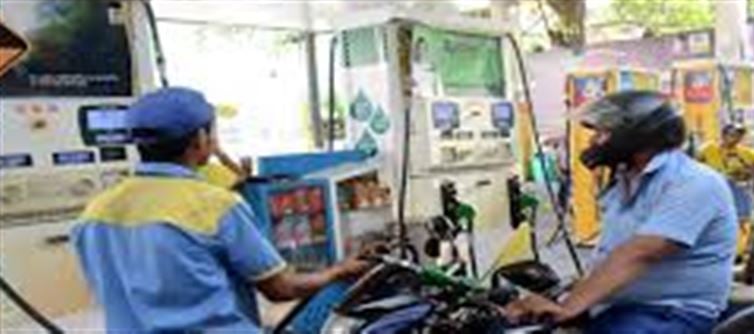
If you're looking to dive into the petrol pump business, you're in the right place! Not only is it a lucrative venture, but the process of obtaining a petrol pump license is simpler than you might think. Here's everything you need to know to get started.
1. Why Own a petrol Pump?
Before diving into the details, let's first discuss why this is a great business opportunity. With the constant demand for fuel, owning a petrol pump can provide a steady and profitable income stream. Additionally, fuel retailing is considered a stable business, as it is essential for transportation and daily life.
2. Eligibility Criteria: Are You Ready?
To apply for a petrol pump license, you need to meet a few basic eligibility requirements:
· Age: You must be at least 21 years old.
· Nationality: Only indian nationals are eligible to apply.
· Financial Stability: Proof of financial capacity to run the pump.
· Experience: Though not mandatory, prior experience in managing retail businesses or the fuel sector can be an advantage.
3. Choosing the Right Location: Land and Property Requirements
One of the most crucial elements for your success is selecting the right land. Here’s what you need to know:
· Size: Typically, a petrol pump requires 1500–2000 square meters of land.
· Accessibility: The land should be easily accessible to vehicles and ideally located near highways, urban areas, or industrial zones.
· Ownership: You need to own or lease the land for at least 10 years. Sub-leasing is not permitted.
4. Investment: What Does It Cost?
Starting a petrol pump involves significant investment. On average, you will need between Rs 50 lakh to Rs 1 crore depending on the location and the type of pump (regular or high-tech). The costs include:
· Land acquisition: Purchase or lease of land.
· Infrastructure: Construction of the pump, storage tanks, and other facilities.
· Equipment: Pumps, dispensers, safety installations, etc.
· Operational costs: Staff salaries, maintenance, utilities, etc.
5. The application Process: Step-by-Step
To apply for a petrol pump license, follow these steps:
· Submit an application: Fill out the official form available at the respective oil company (Indian oil, BPCL, HPCL, etc.).
· Submit documents: Provide documents like identity proof, address proof, land papers, and a financial statement.
· Shortlisting: The oil company shortlists applicants based on location, investment, and experience.
· Approval: If shortlisted, you’ll undergo a site inspection and other verifications before receiving the license.
6. Necessary Certifications and Compliance
· No Objection Certificate (NOC): From the local authorities, such as fire and pollution control departments.
· Environmental Clearance: Ensure your operations adhere to environmental safety guidelines.
· Regular Audits: You will be subjected to safety and operational audits to maintain your license.
7. Partnering with an oil Company
Once your application is approved, you'll enter into a partnership with an oil company. This includes:
· Fuel Supply Agreement: You will sign an agreement for fuel supply, and the company will provide the necessary training.
· Branding and Marketing: Most oil companies offer strong branding and marketing support to help boost your sales.
8. Running Your petrol Pump: Daily Operations
After securing your license and setting up the infrastructure, it’s time to manage your petrol pump. Key responsibilities include:
· Staff Management: Hire and train employees to handle operations smoothly.
· Customer Service: Ensure that fuel dispensing is fast and efficient.
· Maintenance: Regularly inspect fuel pumps, storage tanks, and safety measures.
9. Profit Potential: What to Expect
With the right location and efficient management, a petrol pump can generate significant profits. The margins on fuel may be low, but with high sales volume, additional services (like car washes, convenience stores), and strategic marketing, you can achieve substantial revenue.
Disclaimer:
The views and opinions expressed in this article are those of the author and do not necessarily reflect the official policy or position of any agency, organization, employer, or company. All information provided is for general informational purposes only. While every effort has been made to ensure accuracy, we make no representations or warranties of any kind, express or implied, about the completeness, reliability, or suitability of the information contained herein. Readers are advised to verify facts and seek professional advice where necessary. Any reliance placed on such information is strictly at the reader’s own risk.
.jpg)




 click and follow Indiaherald WhatsApp channel
click and follow Indiaherald WhatsApp channel